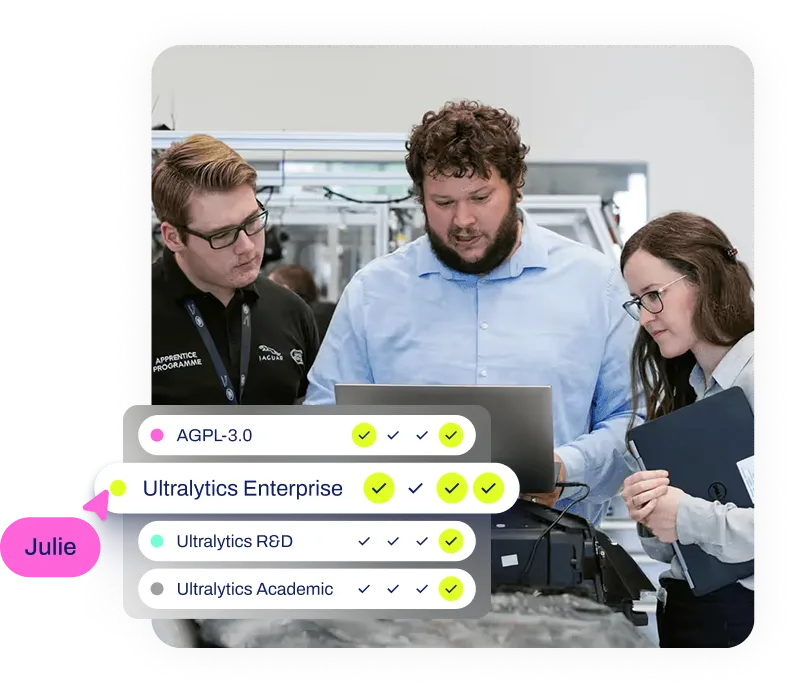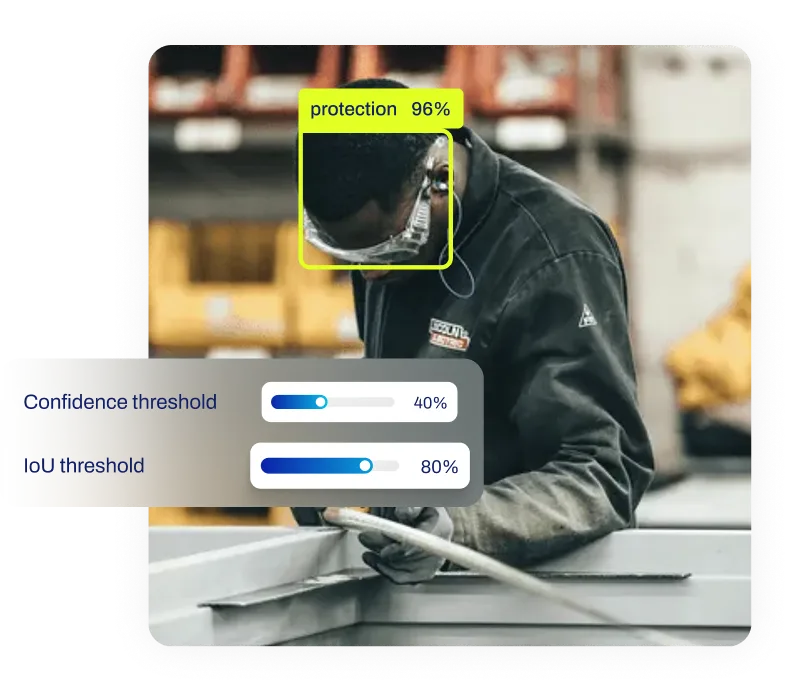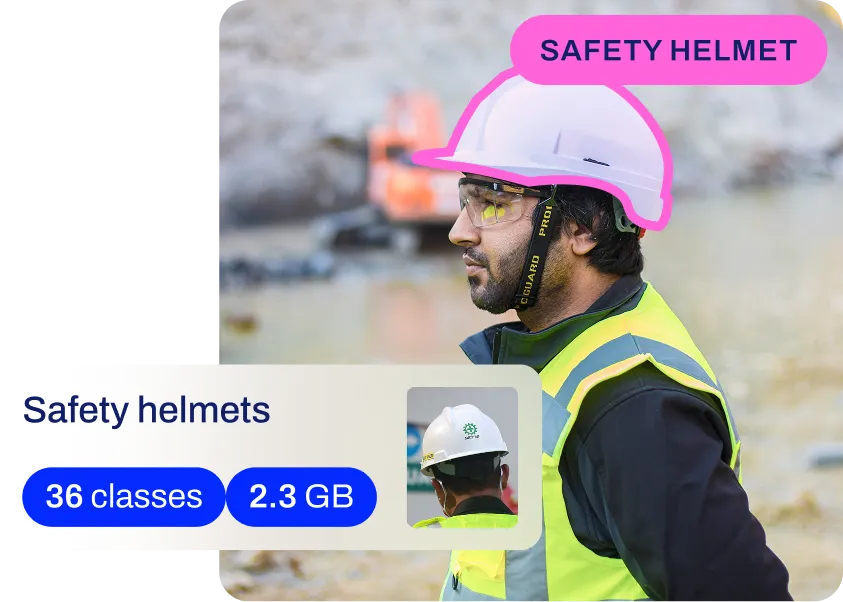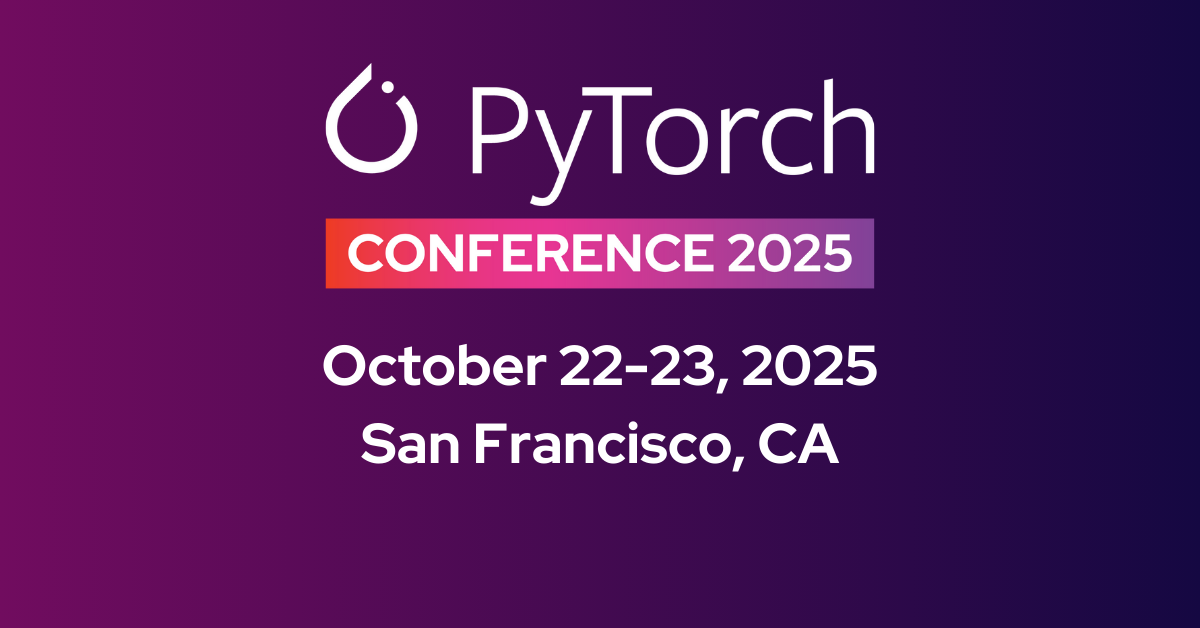GPT-4
Explore GPT-4, OpenAI's advanced multimodal AI, excelling in text-visual tasks, complex reasoning, and real-world applications like healthcare and education.
GPT-4 (Generative Pre-trained Transformer 4) is a large-scale, multi-modal model developed by OpenAI. As the successor to GPT-3, it represents a significant leap in the capabilities of Artificial Intelligence (AI), particularly in understanding and generating human-like text and interpreting image inputs. GPT-4 is built upon the Transformer architecture and is considered a foundation model due to its broad, general-purpose nature, which allows it to be adapted for a wide variety of downstream tasks through techniques like prompt engineering and fine-tuning.
Key Features and Capabilities
GPT-4 introduced several key improvements over previous models, making it one of the most powerful and versatile Large Language Models (LLMs) available. Its advancements are detailed in OpenAI's technical paper.
- Multi-Modal Input: Unlike its text-only predecessors, GPT-4 can accept both text and images as input. This allows it to perform tasks such as describing the content of a picture, analyzing charts, and answering questions based on visual information. This capability bridges the gap between Natural Language Processing (NLP) and computer vision.
- Enhanced Reasoning and Steerability: GPT-4 demonstrates more advanced reasoning skills, allowing it to solve complex problems and follow nuanced instructions more reliably. Users can guide the model's tone and style more effectively, making it a more controllable tool for creative and technical writing.
- Larger Context Window: The model can process and reference a significantly larger amount of text in a single prompt, enabling more coherent and contextually-aware conversations and document analysis.
- Improved Factual Accuracy: While not immune to errors, GPT-4 shows a marked improvement in factual accuracy and is less prone to producing hallucinations compared to earlier versions.
Real-World Applications
GPT-4's advanced capabilities have led to its integration into numerous applications across various industries.
- Code Generation and Assistance: Developers use GPT-4 as a powerful programming assistant. It can generate code snippets in multiple languages, debug existing code, explain complex algorithms, and even suggest architectural improvements. Tools like GitHub Copilot leverage models like GPT-4 to provide real-time coding suggestions directly within the editor.
- Educational Tools and Tutoring: GPT-4 is used to create personalized learning experiences. For example, language-learning app Duolingo uses it to provide students with AI-powered explanations for their mistakes and to engage them in conversational practice.
GPT-4 in Context with Other Models
It's important to differentiate GPT-4 from other types of AI models to understand its specific strengths and use cases.
- vs. Specialized Computer Vision Models: While GPT-4 is a versatile foundation model capable of basic image interpretation, it differs from specialized models in the field of Computer Vision (CV). For instance, Ultralytics YOLO models like YOLOv8 or YOLO11 are purpose-built using Deep Learning (DL) for high-speed, accurate Object Detection and Image Segmentation. GPT-4 can describe an image (e.g., "There is a cat on a mat"), but a YOLO model can pinpoint its exact location with a bounding box, making it suitable for different computer vision tasks. These models can be complementary in complex AI systems; for example, a YOLO model could detect objects, and GPT-4 could generate descriptions of their interactions.
- vs. BERT: Both GPT-4 and BERT are based on the Transformer architecture. However, GPT-4 is primarily a decoder-based model optimized for text generation. In contrast, BERT is an encoder-based model designed for understanding context from both directions, making it highly effective for tasks like sentiment analysis and named entity recognition (NER).
Managing the development and model deployment of these varied systems can be streamlined using platforms like Ultralytics HUB or tools from communities like Hugging Face. For more insights, you can read about the latest AI advancements on the Ultralytics Blog.









